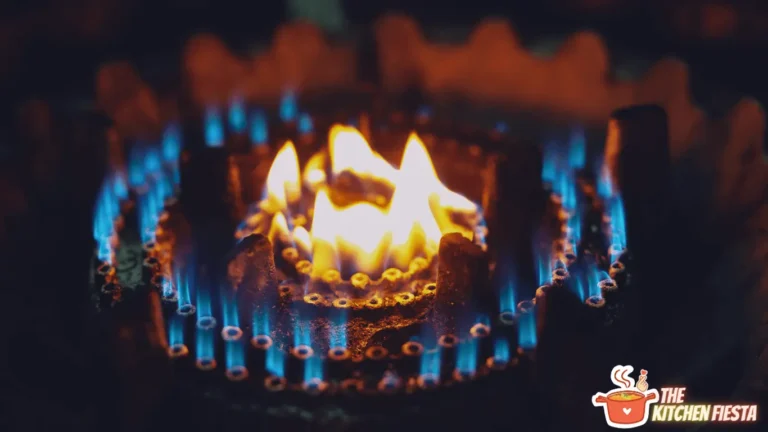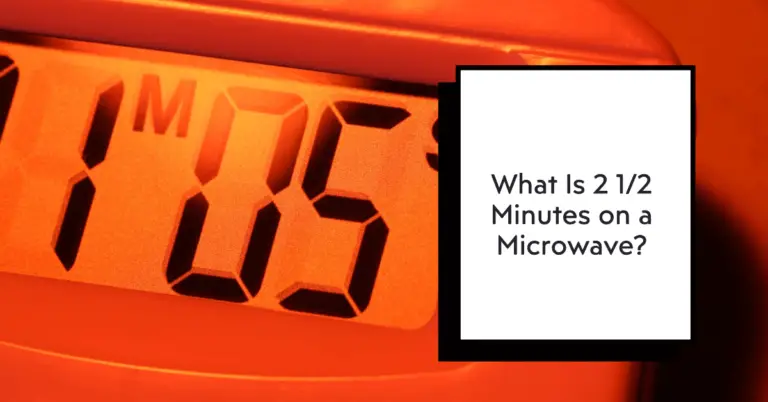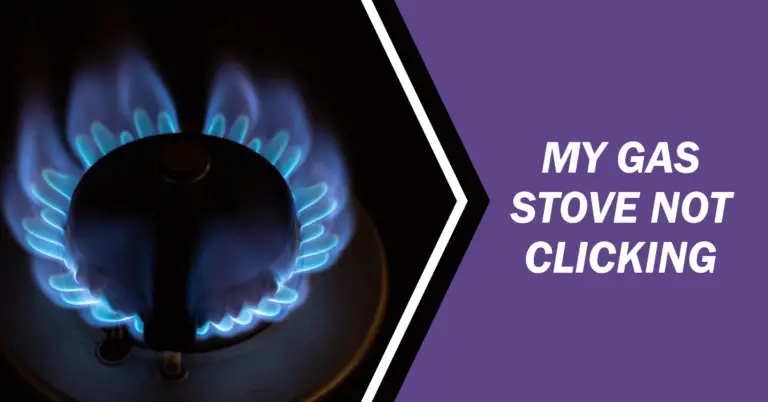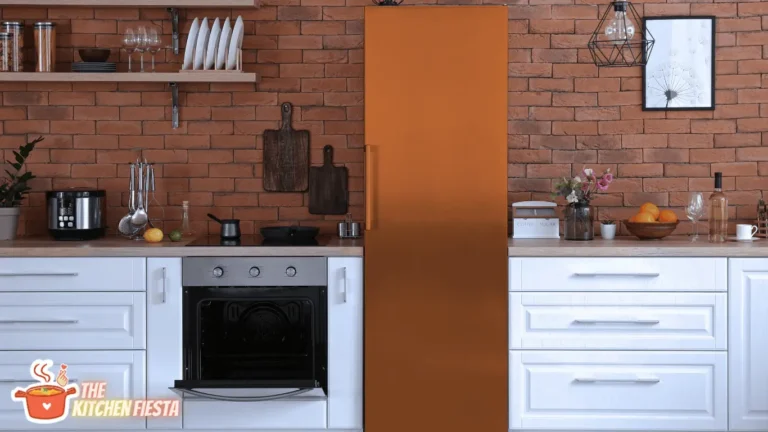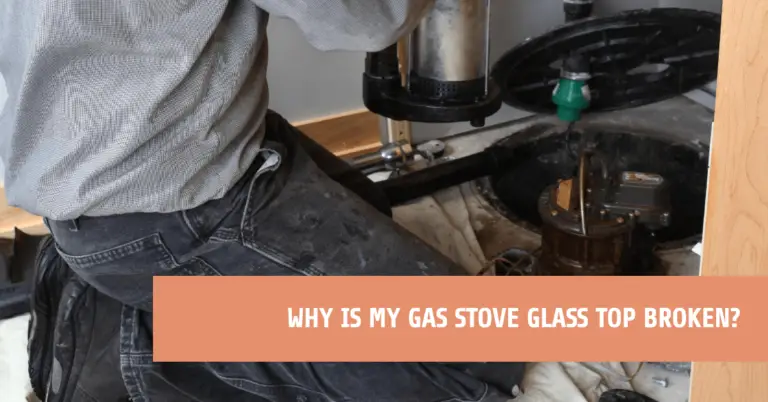5 Minutes In Microwave Is How Long In Oven
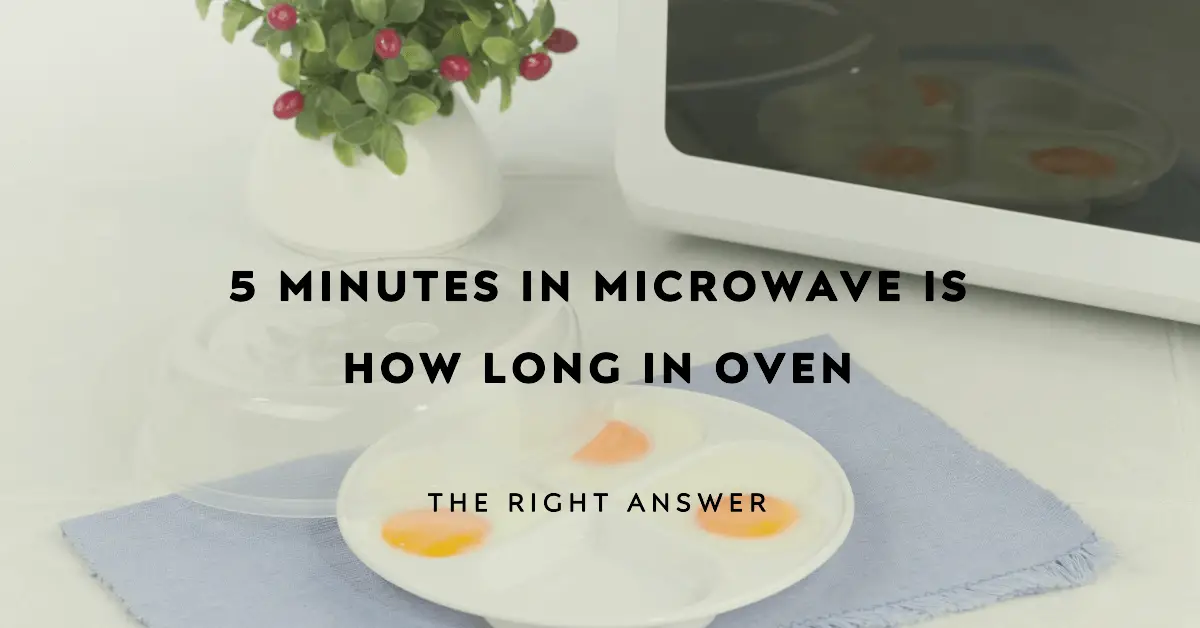
Have you ever looked at a microwave recipe and wondered how you could make it in a conventional oven? If a recipe calls for microwaving something for 5 minutes, how long would you need to bake it in an oven instead?
This is a common question for home cooks who want to adapt microwave directions for regular oven cooking. While microwaves and ovens both cook food, they do it very differently. As a result, cook times rarely translate directly.
So how long is 5 minutes in a microwave compared to oven time?
The exact oven time needed will depend on factors like the power rating of your microwave, the type of food item, and specifics of your oven. However, there are general rules of thumb you can follow to estimate appropriate conventional cooking times.
In this post, we’ll cover everything you need to know to confidently convert microwave directions to convection oven or toaster oven cooking.
Here’s what we’ll discuss:
- How a microwave works differently than an oven
- Microwave wattages and how they impact cooking times
- Typical microwave vs oven times for common foods
- General conversion tips and ratios
- Specific examples for converting 5 minutes of microwave time
- Considerations for getting the best results
- Converting baking times and recipes
- Frequently asked questions
Let’s get started!
How Do Microwaves and Ovens Work Differently?
To understand how to adapt microwave and oven cooking times, it helps to first look at how these two appliances function in different ways.
A conventional oven relies on hot air and radiant heat to cook food. The entire cavity, including the oven walls, get heated up and this ambient heat surrounds the food to raise its temperature. Ovens typically reach 375 degrees F or 190 degrees C.
In contrast, a microwave oven uses microwave energy to quickly vibrate water molecules in the food, creating internal friction that produces heat. So the heating occurs from the inside out rather than outside in.
Microwaves can cook and heat most foods much faster than ovens because of this volumetric heating. The energy gets absorbed more efficiently to rapidly raise the temperature.
However, there are some limitations in terms of browning and crisping the exterior surface. Since traditional ovens rely on hot dry air and radiant heat, they have an advantage when it comes to getting a nice crust or texture.
Microwave Power Matters for Cooking Times
One important factor that impacts microwave cooking times is the wattage or power rating. Most standard microwaves range from 600 to 1200 watts. Higher wattage microwaves will heat food faster.
For example, here are some general cooking times for a baked potato based on microwave wattage:
- 600 watts: 8-10 minutes
- 700 watts: 7-9 minutes
- 800 watts: 6-8 minutes
- 900 watts: 5-7 minutes
- 1000 watts: 4-6 minutes
- 1100 watts: 3-5 minutes
- 1200 watts: 2-4 minutes
As you go up in power rating, the same food takes less time to cook in the microwave oven.
Many microwave recipe books and packets will specify what wattage they are based on. Pay attention to this so you know if you need to adjust the directions for your model.
Typical Microwave vs Oven Cooking Times
To give you a general idea, here is a comparison of approximate cooking times for some common foods in the microwave vs the oven:
Microwave (at 1000W)
- Baked potato: 5-7 minutes
- Frozen dinner: 5-8 minutes
- Bacon: 2-5 minutes
- Chicken breast: 6-8 minutes
- Fish fillet: 3-5 minutes
- Chopped veggies: 2-5 minutes
- Cup of soup: 2-4 minutes
- Hot dog: 45 seconds – 1 minute
- Slice of pizza: 45 seconds – 1 minute
Oven at 375F
- Baked potato: 45-60 minutes
- Frozen dinner: 35-55 minutes
- Bacon: 12-20 minutes
- Chicken breast: 25-40 minutes
- Fish fillet: 15-25 minutes
- Chopped veggies: 10-20 minutes
- Cup of soup: 10-15 minutes
- Hot dog: 5-10 minutes
- Slice of pizza: 7-12 minutes
As you can see, microwave cooking is generally 4 to 10 times faster than the oven for many foods. This is why that 5 minutes in the microwave is a much shorter time than what you’d need in the oven to cook something thoroughly.
Next, let’s look at some general conversion tips…
Simple Microwave to Oven Time Conversion Tips
When converting a microwave time to oven cooking, there are some basic guidelines you can follow:
- Multiply the microwave time by 2 or 3 – If a microwave recipe calls for 5 minutes of cooking time, try 10-15 minutes in a 325-375F oven.
- Reduce microwave time by half or quarter – For a microwaved cake that takes 5 minutes, bake in the oven for around 2-3 minutes at 350F.
- Add 20-30 minutes to the microwave time – Adding 20-30 minutes is a safe bet for ensuring fully cooked meats and veggies converted to oven baking.
- Use 50-75% of the microwave time for sensitive items – For quick breads or custards, use 1/2 to 3/4 of the microwave time to prevent overcooking.
- Cook foods 10-25% longer from frozen – Frozen foods may take slightly longer to thaw and cook through in the oven.
These conversion starting points can help you estimate a reasonable oven cook time. But the exact timing will depend on several factors…
Microwave to Oven Conversion Considerations
To fine tune your converted oven cooking times, keep these things in mind:
- Individual microwave wattage – As we discussed earlier, lower wattage microwaves will use longer cook times. A 900W model would need different conversion than a 1200W.
- Oven temperature – Standard ovens range from 300-500F. Use higher heat for quicker cooking times.
- Type and quantity of food – Dense, large cuts of meat take longer than fish fillets or chopped veggies. Cook time increases with larger portions.
- Cookware – Glass and metal pans heat up faster than ceramic or silicone. Dark pans also absorb heat more efficiently.
- Flipping and stirring – Just like stove top cooking, tossing and flipping helps food cook evenly without direct heat.
- Added liquids – Sauces, oils and marinades can speed up oven cooking time since they retain heat well.
- Altitude – At high altitudes, moisture evaporates faster so food may cook quicker. You may need to shorten the converted oven time.
By considering these variables, you can dial in the right oven cook times for your specific microwave recipes. Monitor doneness and adjust as needed.
Converting 5 Minutes of Microwave Time to Oven
Now let’s look at a specific example of converting 5 minutes in the microwave to oven baking…
If your recipe calls for microwaving something for 5 minutes, a good oven starting point is:
- 10-15 minutes at 350F for chopped veggies, fish fillets or bringing soup back up to temperature. Check for doneness and cook longer if needed.
- 20-25 minutes for solid cuts of meat like chicken breasts or steaks. Use the full time to ensure meat is fully cooked through.
- 15-20 minutes for pre-cooked frozen meals or entrees. The extra time helps thaw and heat all the way through.
- 10-12 minutes for baked goods like mug cakes or bread in small quantities. Avoid over-baking delicate cakes.
- 2-3 minutes for a slice of pizza or cheese snacks to reheat without getting dried out.
These oven cook times are general estimates. But use them as a starting point and modify as you test microwave to oven conversions.
Microwave vs Oven: Texture and Moisture Differences
When adapting a microwave recipe for the oven, you may also need to account for differences in moisture retention and texture.
Microwaves rely on the food’s own internal moisture to cook. So foods cooked in the microwave can become mushy or soggy since they retain a lot of that liquid.
Ovens have hot dry air circulating to evaporate moisture. This tends to dry foods out faster and also promotes surface browning and crisping.
For example, a microwave cake may come out very moist and dense. But the oven will create a lighter, fluffier crumb that dries out quicker.
With meats, the microwave better preserves juiciness, while oven baking results in crispy exteriors.
You may need to adapt the recipe by brushing on oil, using foil covers, adding sauce or reducing cook time to compensate. Pay attention to texture and tweak as necessary.
Converting Microwave Baking Times to Oven
Baking is a bit different than general microwave to oven conversion.
Some tricks for adapting microwave baked goods recipes include:
- Use oven-safe, heat-conductive pans like glass and metal instead of microwave-specific dishes. Avoid metal pans for microwave cooking.
- Since the oven doesn’t cook from the inside out, use a lower temp like 300F to prevent burning the outside before the middle cooks through.
- Microwaves don’t rely on traditional leaveners to rise. You may need to add more baking powder, yeast, etc. to oven versions.
- Reduce oven time compared to microwave, and watch carefully to prevent drying out. Brush tops with butter or oil if needed.
- Adjust consistency by adding more liquid to balance the increased oven heat.
With careful adjustments, you can adapt even microwave mug cakes and breads to turn out well baked in the oven.
Frequently Asked Questions
Here are some common questions about converting microwave directions for oven cooking:
How do I know if the microwave time includes standing time?
Microwave recipes will often specify cook time plus standing time. Be sure to just use the cook time portion for your oven conversion.
Should I cover dishes when baking converted microwave recipes in the oven?
Yes, use foil tenting or oven-safe lids to help retain moisture when adapting microwave baked goods or casseroles recipes.
What oven temperature should I use?
For most microwave to oven conversions, 325F to 375F is ideal. You may need a lower 250F-300F for delicate cakes and custards. Higher heat of 400-450F can be used for browning or crisping the exterior.
Can I use a convection setting to shorten oven cook time?
Yes, you can shave off about 25% of the oven time by using convection bake if your model has this feature. The fan circulates air for faster, more even cooking.
Should I stir or flip during oven cooking?
Stirring and flipping while oven cooking can help ensure even heat distribution, similar to the rotating turntable action of a microwave.
Key Takeaways
To wrap up, here are the key tips to remember:
- Understand how microwaves cook food faster than traditional ovens
- Check the wattage; higher watts = faster microwave cooking
- Multiply microwave time by 2 or 3 for a starting oven estimate
- Adjust for quantity, type of food, cookware, and altitude
- Compensate for differences in moisture and texture
- Use foil, lower heat, and adjust batters when converting baking
With these guidelines, you can easily adapt any microwave recipe to work in your standard oven. Just be prepared to allow for longer cook times and monitor for doneness.
Now you know exactly how long you need to bake something in the oven when a recipe calls for microwaving it for 5 minutes!

